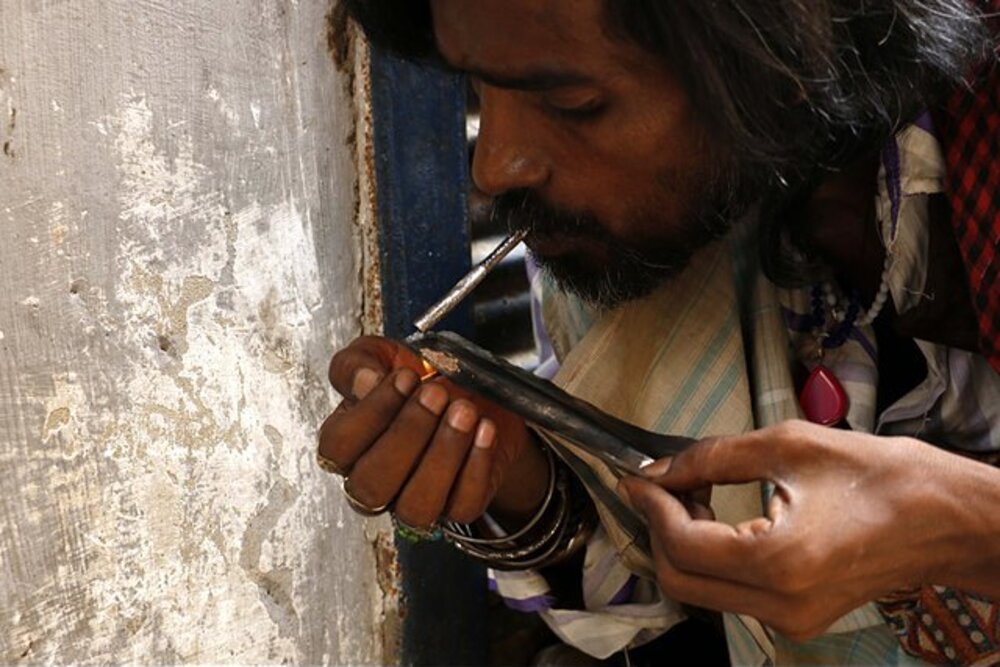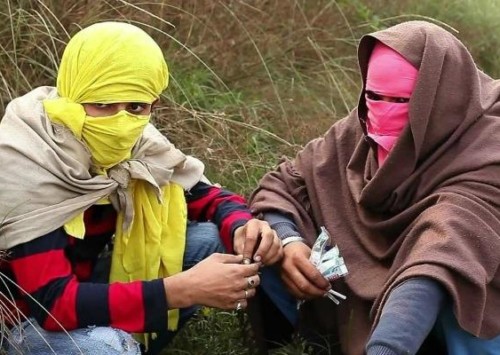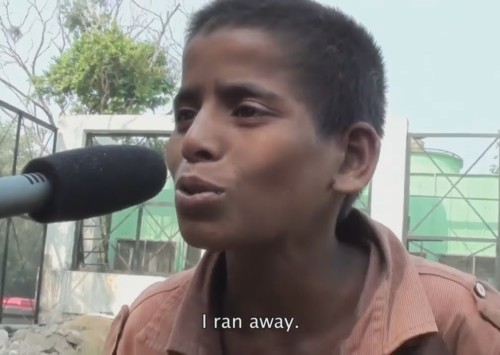Substance abuse in India rises during Covid-19

Some 35.6 million people suffer from drug use disorders globally, according to World Drug Report 2020
Drug abuse, one of the key banes of Indian youth, is set to become a bigger menace during Coronavirus pandemic.
As the world marks the International Day Against Drug Abuse and Illicit Trafficking, global experts as well as Indian NGOs have raised concerns over the possibility of a spike in drugs usage in India due to the economic and social hardships brought upon by the coronavirus pandemic.
Historically, it has been true not just for India, but indeed the entire world that drug abuse hits the poor and disadvantaged sections of the people in a much more dramatic manner than any other segment of the society. ‘‘All over the world, we see that risks and consequences of drug use are worsened by poverty, limited opportunities for education and jobs, stigma and social exclusion, which in turn helps to deepen inequalities, moving us further away from achieving the Sustainable Development Goals,’’ says Ghada Waly, executive director of the United Nations Office on Drugs and Crime, the UN body mandated to deal with the subject.
India, which has seen one of the most severe and completely unplanned lockdowns in the world, is already facing a potential boom in drugs usage since millions have lost their jobs in the past four months, with little prospect of finding any alternatives or any savings to fall back on. Officials and experts have warned that these people are amongst the most vulnerable to turn to drugs usage as a way to deal with their hardships.
The other set of vulnerable people are the current users and addicts who have been driven to the edge over the past four months as the lockdown has not only kept the users indoors, but also impacted the supply of drugs. This sent alarm bells ringing in Punjab and Haryana, two of the most hard hit states in the country as high levels of prosperity on the back of booming farming has turned thousands of youth in these two states into drug addicts. The situation is particularly severe in Punjab, where 18 of the 22 districts have been identified by the Narcotics Control Bureau as amongst the districts most impacted by substance abuse. For Haryana, the picture is only marginally better with 10 of its 22 districts figuring in the list.
Since the outbreak of the pandemic over four months ago, Punjab has seen a 23 pc rise in the number of drug addicts registered with the state government for receiving de-addiction treatment. While in early March, a total of 414,000 persons had registered to receive treatment ; another 130,000 have signed up with since the lockdown was imposed, highlighting the need for urgent action by the government to tackle this issue.
The union government had prepared a national plan to tackle drug addiction, with focus on key states such as Punjab, Haryana, Delhi, Uttar Pradesh and the North-Eastern Indian states. The action plan was developed as new data about the extent of drug usage and addiction in India is much more frightening than ever.
In India, the real threat posed by substance abuse has been underestimated for long due to unreliable processes used during surveys conducted to establish the real scale of the problem. However, a broader survey, conducted by the UNODC last year, with interviews with over 500,000 persons, led to a spike not just in the numbers of Indians using drugs but also led to nearly 4.5 million people being added globally, mainly from India and Nigeria.
‘‘The findings fill in and further complicate the global picture of drug challenges, underscoring the need for broader international cooperation to advance balanced and integrated health and criminal justice responses to supply and demand,’’ an official of the UNODC said. ‘‘With improved research and more precise data from India and Nigeria, both amongst the 10 most populous countries in the world – we see that there are any more opioid users and people with drug use disorders than previously estimated,’’ he added. The surveys in India in 2018 and Nigeria in 2017 have offered great insights into drug consumption due to being such vast demographics for their region. India accounts for 30 pc of the population in Asia alone.
Another survey conducted by the All India Institute of Medical Sciences (AIIMS) estimated that about 850,000 Indians inject drugs, about 460,000 children and 1.8 million adults need help for inhalant dependence and 7.7 million Indians require help for opioid dependence. The prevalence of opioid use in India is three times the global average, the survey said. The statistics for treatment availability for such addictions also clearly show a big gap – 75 pc of the drug addicts who try quitting do not receive any treatment and the few who do get it at government de-addiction centres.
‘‘Globally, only one out of eight people who need drug-related treatment receive it. One out of three drug users is a woman but women represent only one out of five people in treatment. People in prison settings, minorities, immigrants and displaced people also face barriers to treatment due to discrimination and stigma,’’ says Waly of the UNODC.
The coronavirus pandemic will hit the drug users on two distinct fronts. One is that the economic and social hardships will lead to psychological disorders , making more people to turn to drugs as an escape from the harsh reality. The other and perhaps equally dangerous, if not more, is that the entire focus of the government’s healthcare programme is now tackling coronavirus, it has taken its eyes off the ball in several other healthcare issues such as immunisation drives, treatment for other communicable diseases as well as drug de-addiction programmes.
‘‘All these would add up to a reduced government presence in helping the drug users just at the time when they needed to increase their participation and budgets to help the current addicts overcome their habits as well as prevent others from turning to drugs. Even activities like counselling and guidance have been curtailed during these challenging times,’’ says a representative of a New Delhi based NGO that has extensively worked in this domain.
‘‘In the COVID-19 recovery, we need all countries to act on their commitments, and show shared responsibility to tackle illicit drug supply and reduce demand. We need civil society and youth organisations to continue their efforts to support the vulnerable in their communities,’’ says Waly.












